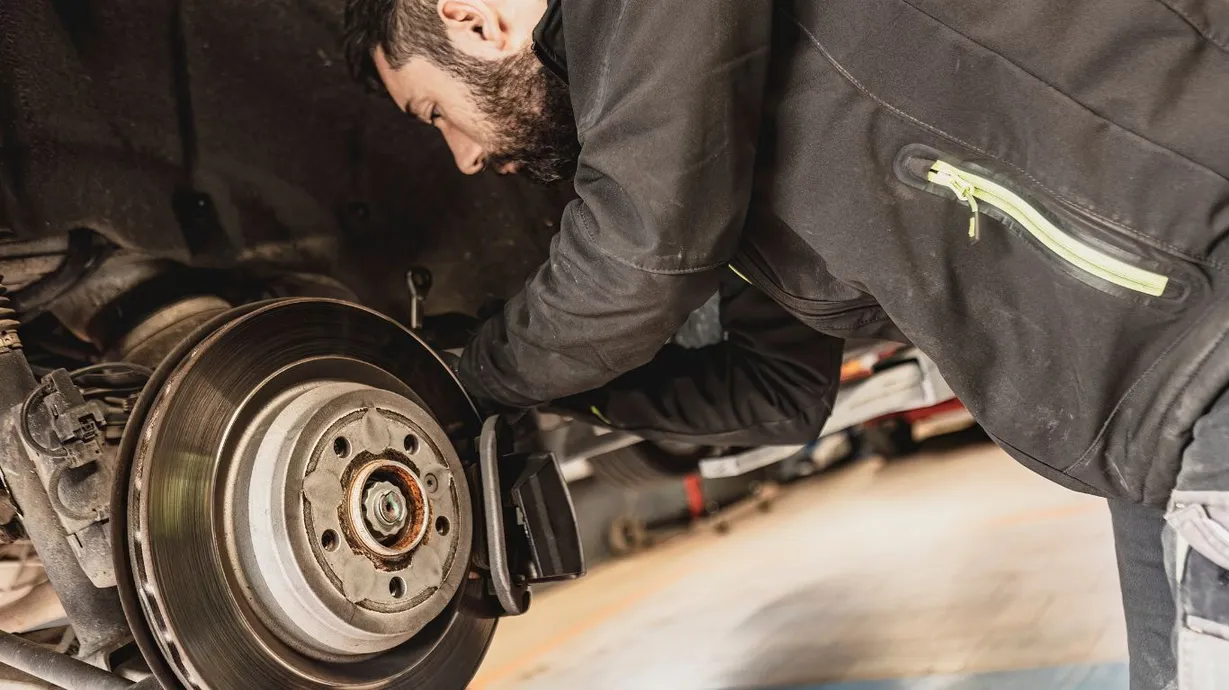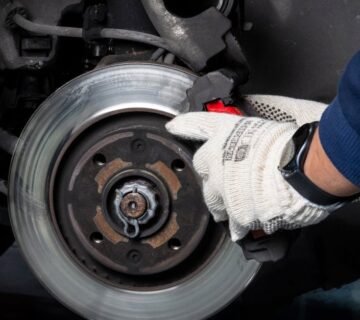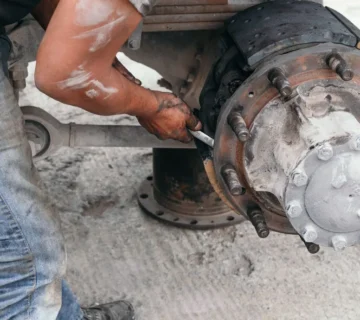Master Your Brakes: The Ultimate Guide to Brake Master Cylinders
When it comes to vehicle safety, the braking system is undoubtedly one of the most critical components. At the heart of this system lies the brake master cylinder, a vital part that ensures your car stops when you press the brake pedal. Whether you’re a car enthusiast or an everyday driver, understanding how the brake master cylinder works, its types, and how to maintain it can significantly enhance your vehicle’s performance and safety. In this guide, we’ll dive deep into everything you need to know about the brake master cylinder.”
What is a Brake Master Cylinder?
The brake master cylinder is a key component of your vehicle’s hydraulic braking system. It converts the force applied to the brake pedal into hydraulic pressure, which is then transmitted to the brake calipers or wheel cylinders. This pressure forces the brake pads or shoes against the rotors or drums, slowing down or stopping the vehicle. A properly functioning master cylinder ensures that you have reliable braking power in all conditions.
How the Hydraulic System Works
When you press the brake pedal, a pushrod connected to the pedal moves a piston inside the master cylinder. This movement compresses the brake fluid, creating hydraulic pressure. The pressurized fluid is then sent through the brake lines to the brake calipers or wheel cylinders, which in turn apply the brakes.
The master cylinder typically has two chambers: the primary and secondary chambers. This dual-chamber design ensures that even if one part of the braking system fails, the other can still provide some braking power, enhancing safety. Regular maintenance of this crucial braking component is essential to avoid failure. If you experience a spongy brake pedal, fluid leaks, or difficulty stopping, the master cylinder might be compromised, and it’s crucial to address the issue before it leads to a more serious problem.
Signs of a Failing Brake Master Cylinder
Common signs of a failing brake master cylinder include a soft or spongy brake pedal, fluid leakage around the cylinder, or reduced braking efficiency. Regular inspection of your braking system is recommended to identify any potential issues early and maintain optimal braking performance.
Types of Brake Master Cylinders
- Single-Piston Master Cylinder:
This type has a single piston and is commonly found in older vehicles. While simpler in design, it lacks the safety redundancy of dual-piston systems. - Dual-Piston Master Cylinder:
Modern vehicles are equipped with dual-piston master cylinders. These have two separate pistons and chambers, providing a backup in case one part of the system fails. - Tandem Master Cylinder:
A subtype of the dual-piston design, tandem master cylinders are the most common in today’s vehicles. They offer enhanced safety and reliability.
Signs of a Failing Brake Master Cylinder
Recognizing the symptoms of a failing brake master cylinder can prevent potential accidents. Here are some common signs:
- Spongy Brake Pedal: If the brake pedal feels soft or spongy, it could indicate air in the brake lines or a failing master cylinder.
- Brake Fluid Leaks: Visible leaks around the master cylinder or low brake fluid levels are clear indicators of a problem.
- Brake Warning Light: If the brake warning light on your dashboard illuminates, it’s time to inspect the master cylinder.
- Inconsistent Braking: If the brakes engage inconsistently or the pedal sinks to the floor, the master cylinder may be failing.
Maintenance Tips for Brake Master Cylinders
Proper maintenance can extend the life of your brake master cylinder and ensure optimal braking performance. Here are some tips:
- Regular Inspections: Periodically check the master cylinder for leaks, cracks, or other signs of wear.
- Brake Fluid Checks: Ensure the brake fluid is at the recommended level and replace it as per the manufacturer’s guidelines.
- Bleeding the Brakes: Air in the brake lines can compromise braking efficiency. Regularly bleed the brakes to remove any air bubbles.
- Use Quality Parts: When replacing the master cylinder or any brake components, opt for high-quality parts to ensure durability and performance.
How to Replace a Brake Master Cylinder
Replacing a brake master cylinder is a task that can be done at home with the right tools and knowledge. Here’s a step-by-step guide:
- Gather Tools and Materials: You’ll need a new master cylinder, brake fluid, wrenches, and a brake bleeder kit.
- Disconnect the Battery: For safety, disconnect the negative terminal of the battery.
- Remove the Old Master Cylinder: Disconnect the brake lines and unbolt the old master cylinder from the brake booster.
- Install the New Master Cylinder: Position the new master cylinder and reconnect the brake lines. Ensure all connections are tight.
- Bleed the Brakes: Use a brake bleeder kit to remove air from the brake lines.
- Test the Brakes: Reconnect the battery and test the brakes to ensure they are functioning correctly.
Conclusion
The brake master cylinder is a crucial component of your vehicle’s braking system, ensuring your safety on the road. Understanding its function, recognizing signs of failure, and performing regular maintenance can help you avoid costly repairs and potential accidents. Whether you’re a DIY enthusiast or rely on professional mechanics, keeping your brake master cylinder in top condition is essential for optimal braking performance.
At BrakesMaster, we’re committed to helping you master your brakes. From comprehensive guides to expert advice, we provide all the information you need to keep your vehicle safe and reliable. Visit our website for more tips, tutorials, and resources on maintaining and upgrading your braking system.




